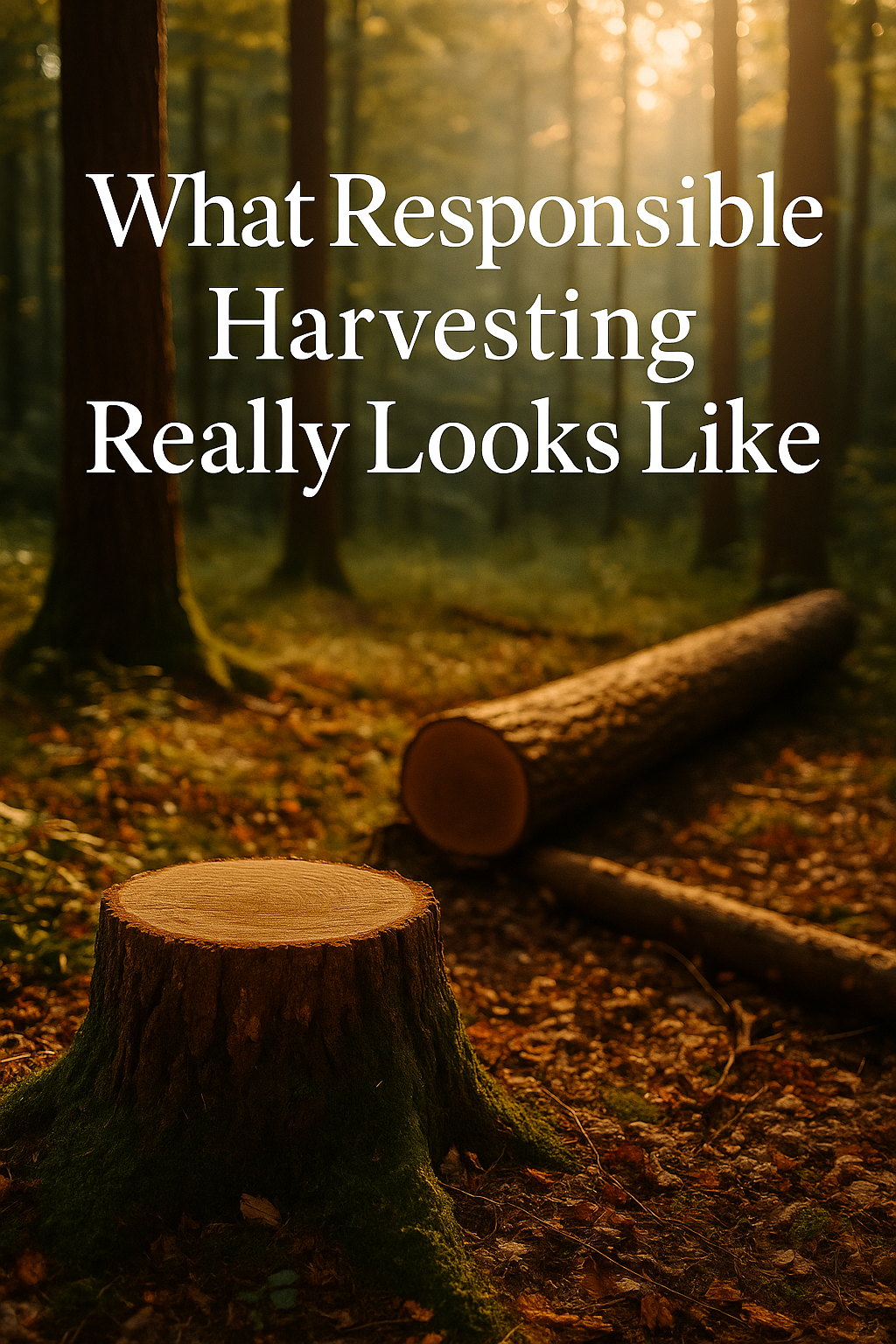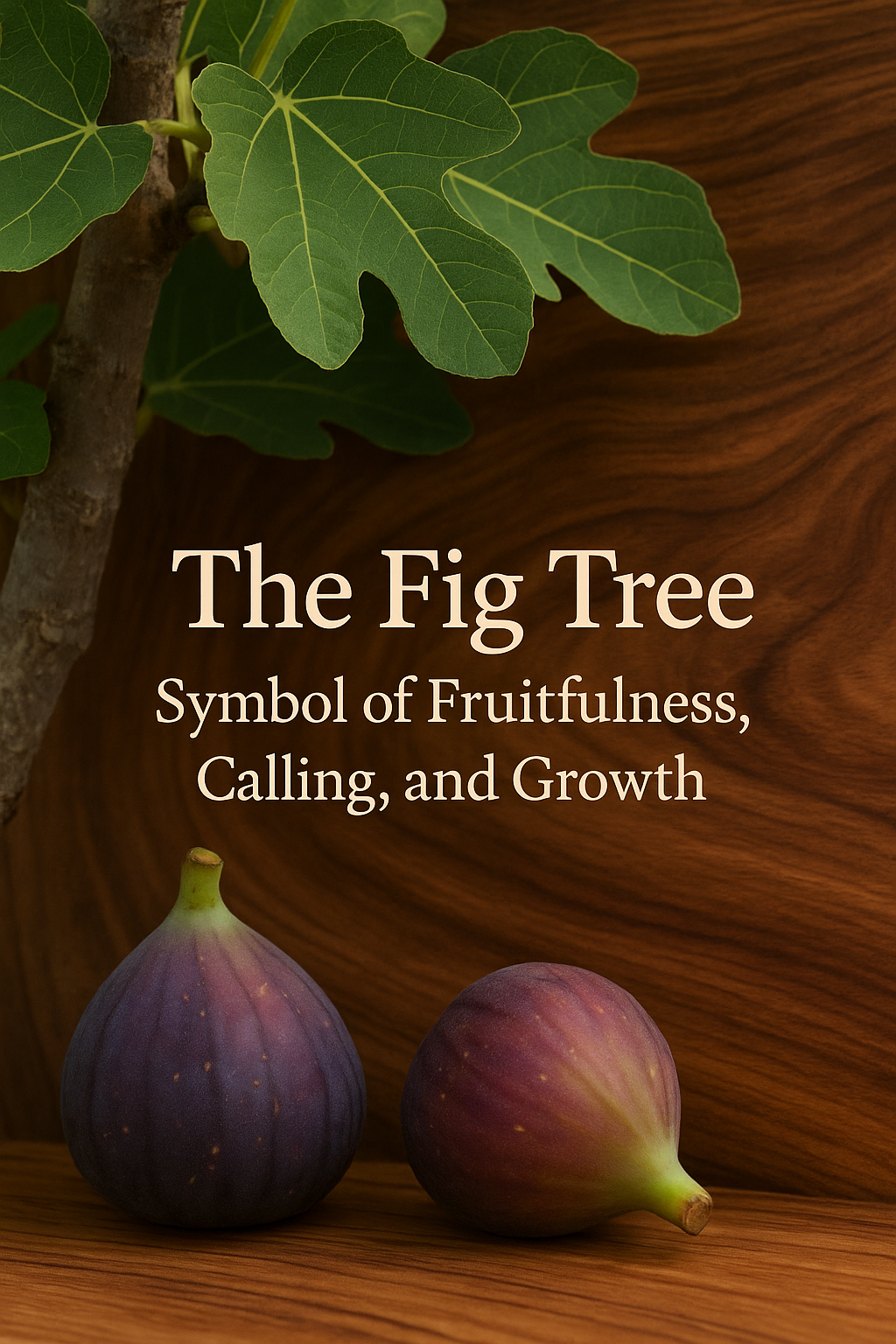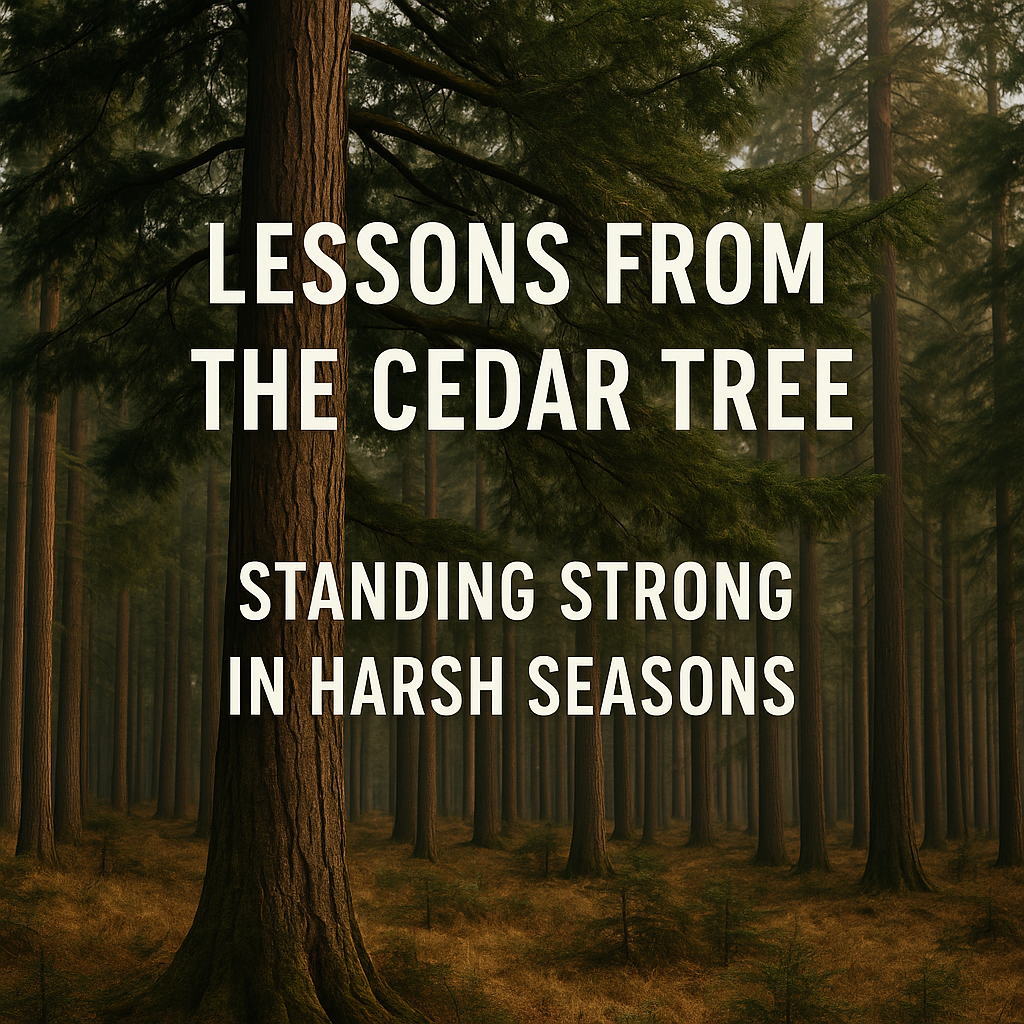If you spend enough time around trees, you start to realize something:
they’re more than scenery.
They’re more than shade on a hot day or color in the fall.
Trees are part of a rhythm — a living conversation between the earth, the sky, and every creature that depends on them.
And if we’re going to use wood to create things that outlive us, we’d better learn to honor that rhythm, not disrupt it.
That’s where responsible harvesting comes in.
It’s not just an environmental buzzword.
It’s stewardship.
It’s respect.
It’s learning to take from the forest the way God intended — with gratitude, wisdom, and purpose.
The Forest Isn’t a Factory — It’s a Community
One of the biggest mistakes people make is thinking a forest is like a warehouse full of identical products waiting to be picked.
But the forest is far more complex than that.
Tall trees protect young trees.
Deep roots hold the soil together.
Fallen logs become nurseries for new growth.
Birds spread seeds.
Leaf litter feeds the ground.
Every part plays a role.
So when a craftsman uses wood responsibly, he’s joining that community — not stripping it.
Responsible Harvesting Starts With the Right Trees
Here’s the part that surprises people:
Not every healthy tree should be cut.
And not every dying tree should be left alone.
Responsible harvesting looks for things like:
1. Overcrowded Stands
When too many trees compete for sunlight and nutrients, none of them thrive.
Selective cutting relieves the pressure so the strongest trees can flourish.
2. Mature Trees at Peak Strength
Some trees reach a point where growth slows and the grain begins to tighten.
Cutting at this stage yields stronger, more stable wood — and makes room for younger trees to rise.
3. Diseased or Storm-Damaged Trees
These can become hazards or attract pests if left standing.
Using them is both practical and respectful.
4. Invasive Species
Removing these protects the native ecosystem.
This isn’t taking from the forest…
it’s tending the forest.
Harvesting With Purpose (Not Greed)
There’s a quiet discipline in taking only what you need.
The best woodworkers I know walk through a forest with more reverence than a cathedral.
We don’t look for what we can take first —
we look for what we can honor.
That means:
-
No clear-cutting
-
No taking the tallest, strongest tree just to say you did
-
No ignoring how your choice affects the next 50 years
It’s amazing how different the world looks when you think in generations instead of weekends.
God Gave Us Wood — and Wisdom
Scripture has a way of reminding us that stewardship isn’t optional.
We’re not owners of creation.
We’re managers.
We’re caretakers.
We’re renters with a purpose and a responsibility.
God could’ve filled the earth with metal beams and plastic panels.
But He chose trees — living, breathing, renewing examples of growth and grace.
And He trusted us to use them wisely.
The Beauty of Renewal
One of my favorite things about the forest is how quickly it forgives.
A harvest done with care still leaves:
-
The soil rich
-
The understory alive
-
The wildlife sheltered
-
The seedlings ready to rise
And before long, the forest fills the space again like it never skipped a beat.
There’s something hopeful about that.
It reminds me that endings — even the hard ones — can lead to new beginnings when handled with grace.
What Responsible Harvesting Teaches Us
Just like trees, people grow in seasons.
And just like the forest, our lives need pruning, clearing, and intentional decisions.
Sometimes you have to cut away the overcrowded things.
Sometimes you remove the damaged parts before they spread.
Sometimes you step aside so something new can grow.
And sometimes…
you simply learn to appreciate the slow, steady way God renews what feels empty.
Reflection Question
What part of your “inner forest” needs thoughtful tending right now — clearing, pruning, or simply more intentional care?






Leave a comment
This site is protected by hCaptcha and the hCaptcha Privacy Policy and Terms of Service apply.